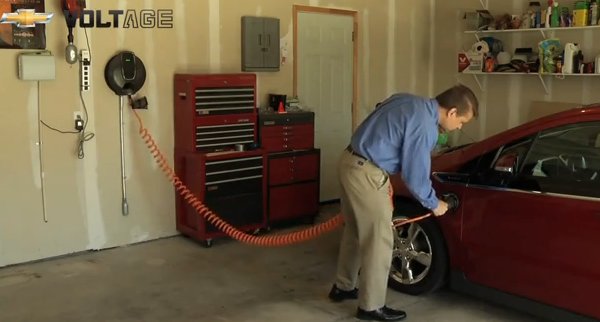One of the reasons people make the switch from a gasoline car to an electric car is to benefit from the reduced running costs.
With some careful planning -- and special time of use tariffs that make night-time electricity cheaper -- charging an electric car can be pretty cheap.
But what if you could make charging your electric car at home even cheaper, by changing one simple thing: killing standby.
Meet the vampire
Go around any modern home, and you’ll see any number of games consoles, smartphone chargers, computers and gadgets, all plugged into wall outlets.
Even when they’re not being used, if these gadgets are plugged into the mains and in standby (or even off), they will consume small amounts of electricity.
110V outlet
The larger your family and home, the more likely you are to have gadgets plugged in sucking power from the grid, like energy-hungry electrical vampires.
Hungry, hungry, appliances
While many consumers have made the switch to laptop computers, leaving a computer of any sort plugged in and switched on during the day can lead to incredibly large amounts of wasted electricity.
According to the Lawrence Berkeley National Laboratory, an average desktop computer consumes 2.84 watts of power when switched off but left plugged in. A laptop, on the other hand, consumes 8.9 watts of power.
Leave it switched off and plugged in for an entire year, and you will have wasted 80 kilowatt-hours of electricity.
Even leaving just the laptop power adaptor plugged in for a whole year without a computer connected to it would wasted 40 kilowatt-hours.
It gets even worse if you leave your computer switched on but in sleep mode: an astounding 189 kilowatt-hours would be wasted in an entire year of computer sleeping.
Real-world, not theory
The figures we’ve given you represent a year’s continued lack of use of each gadget, which isn’t how the real world works.
2011 Chevrolet Volt home charging
Even in the real world however, the figures are still scary.
Take that sleeping computer for example. Leave it sleeping rather than switching it off at the mains every night for eight hours, and you’ll have wasted 63 kilowatt-hours in a year.
Take a family of four, all the sleeping cellphone chargers, computers, games consoles and television sets left plugged in unnecessarily over the course of a day, and we think that figure could jump to well over 350 or maybe even 400 kilowatt-hours of wasted electricity every year.
kilowatt-hours saved = free miles
Unless you are constantly leaving your computers on, your gadget chargers plugged in and your television on, its unlikely you’ll save the equivalent of a years’ worth of electric car charging in electricity.
However, the average daily distance travelled by an urban-based car in the U.S. today is around 36.5 miles, meaning that very few electric car owners will be recharging their cars from empty every night.
Instead, it’s more likely that cars like the 2012 Nissan Leaf will use between 10 and 12 kilowatt-hours when recharging every night.
If you can save your household between 300 and 400 kilowatt-hours every year by unplugging electronic devices when you don’t need them -- including your electric car charging station -- that equates to a month or more of daily electric car charging.
Try it and see
We’re currently carrying out our own experiments to see how much electricity can be saved killing standby, but we’d like to know what your experiences are.
Have you tried switching off standby on devices? Do you unplug things in your home to help reduce the impact having an electric car has on your utility bill?
Let us know your thoughts in the Comments below.
+++++++++++













